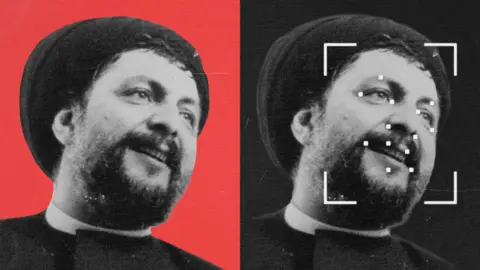Following a grim investigation into the Air India Flight 171 disaster, authorities have reported that fuel to both engines was cut off seconds after takeoff, prompting intense scrutiny of the cockpit actions by the flight crew. The preliminary findings, shared recently by India's Aircraft Accident Investigation Bureau, have dismissed mechanical or design failures as causes of the crash.
The Boeing 787 Dreamliner was bound for London when it tragically went down on June 12 shortly after departing from Sardar Vallabhbhai Patel International Airport in Ahmedabad. Investigators stated that all but one of the 242 passengers on board lost their lives, making it India's deadliest aviation accident since 1996.
Details from the cockpit voice recorder revealed alarming communication between the pilots. One pilot asked the other about the fuel cut-off, to which the responding pilot denied making any such action. This exchange raises serious questions about human error in what was presumed to be a well-orchestrated flight by experienced personnel.
Captain Sumeet Sabharwal led the flight with over 10,000 hours of experience, and First Officer Clive Kunder contributed 3,400 hours. These credentials had initially lowered concerns about pilot error until this latest evidence shed light on potentially grave lapses.
The 3,000-pound aircraft crashed into a nearby medical college's dining hall, resulting in significant chaos and additional casualties on the ground, driving the total death toll to over 270. This catastrophe highlights the ongoing need for rigorous safety protocols and continuous evaluation of cockpit procedures, calling into question training methodologies for pilots in emergencies.
As investigations continue, there is a profound sense of loss across India, especially among the British Gujarati community impacted by the tragedy, as families mourn their loved ones and seek answers. The focus on pilot actions during this incident signals a turning point in aviation oversight, emphasizing the critical need for comprehensive evaluations of human factors in aviation safety.





















